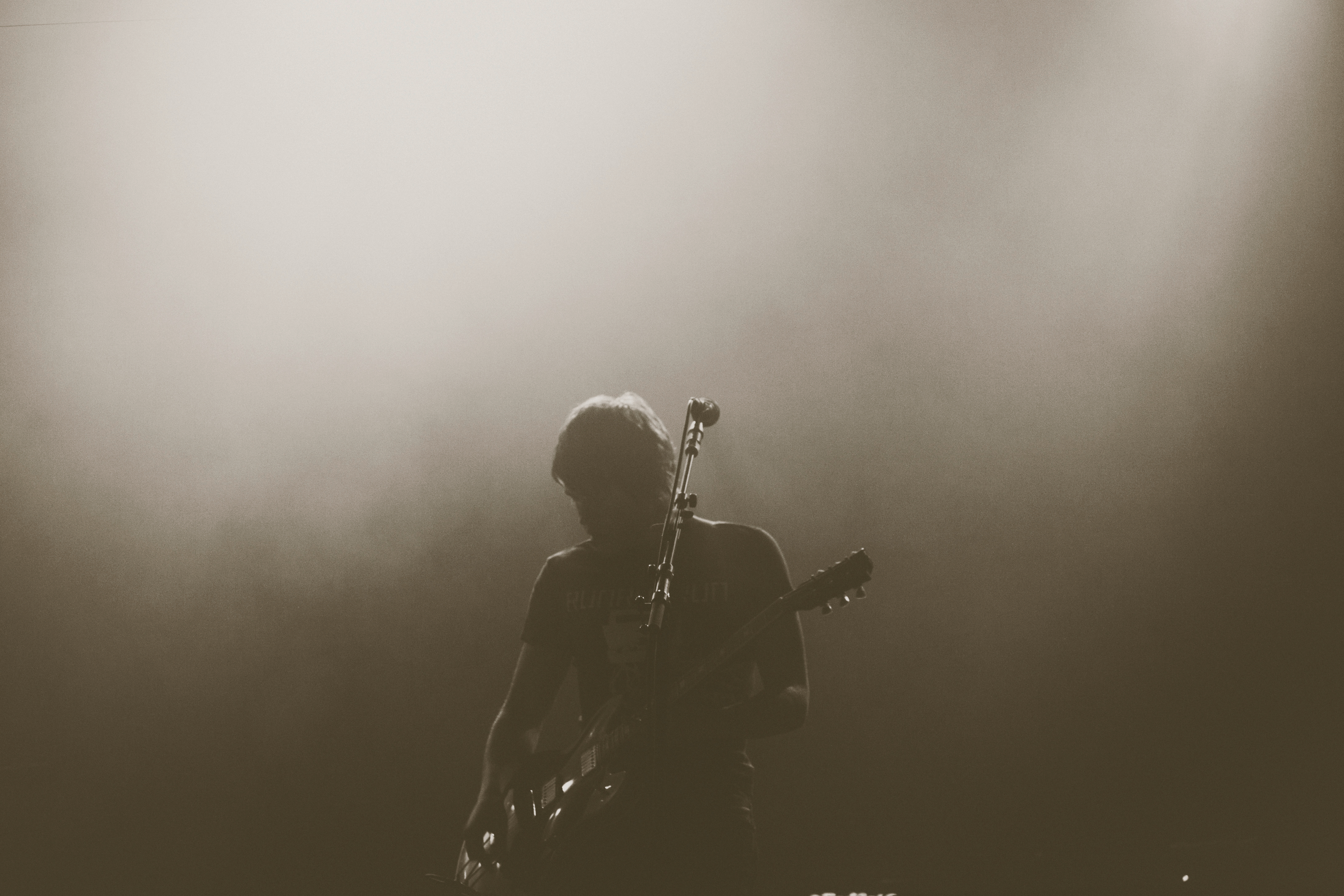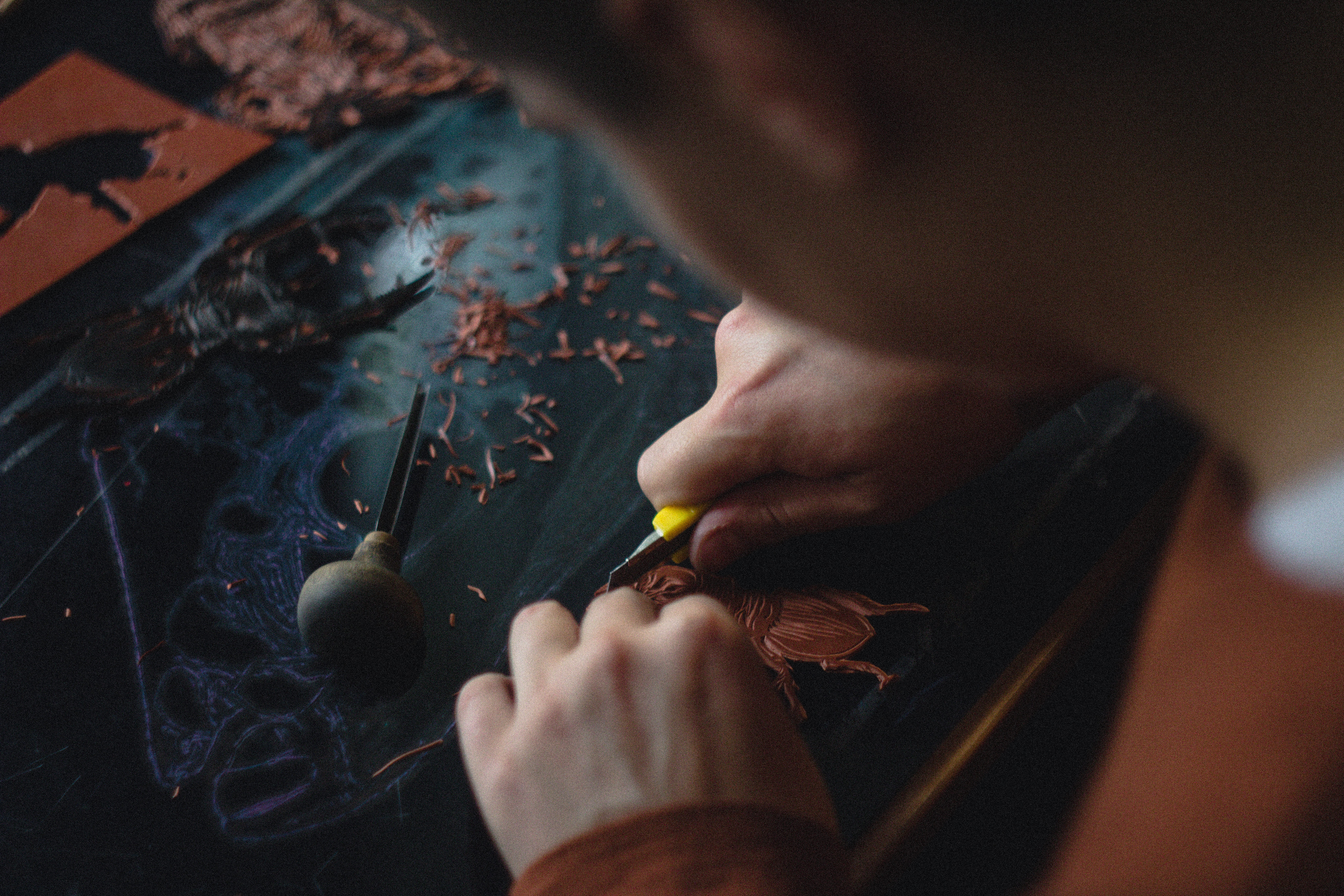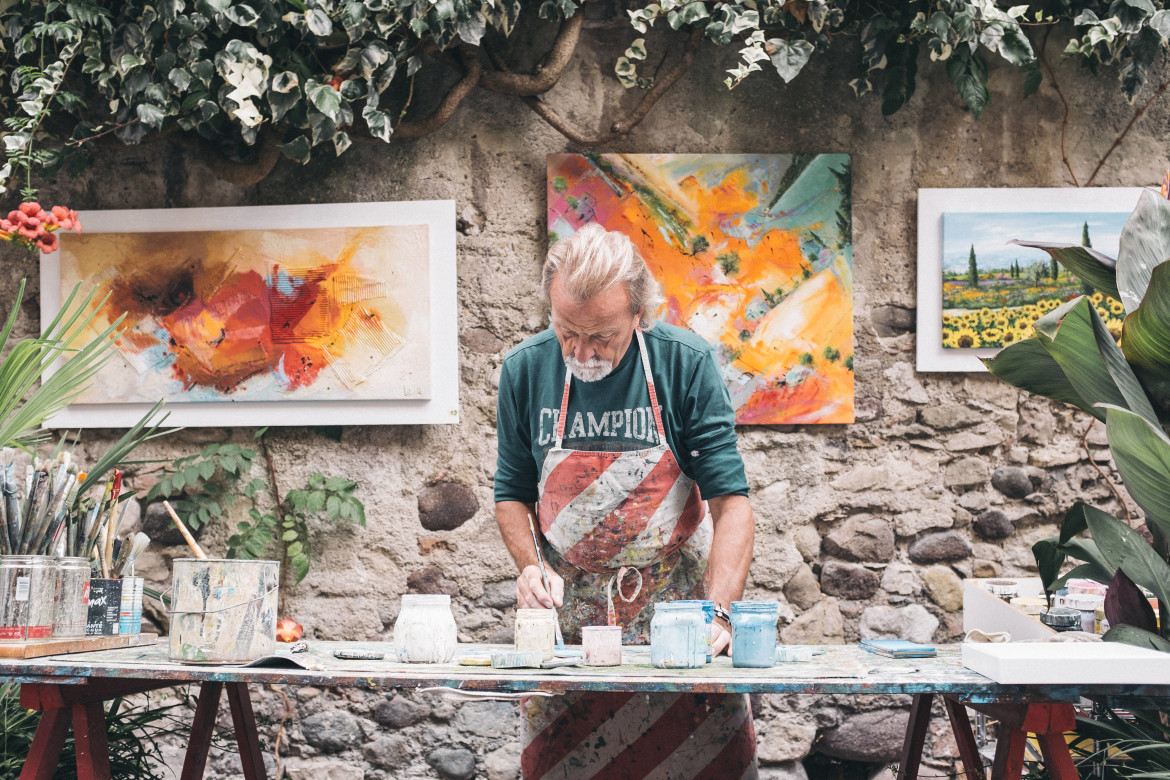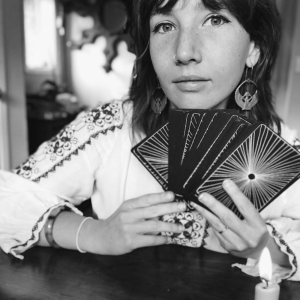Myth or fact? The creative process happens in the right brain. Well, let’s see…
Experts have been researching brain activity during the creative process for years. The old tale was that left brain thinkers are more analytical and logical, whereas right-brain thinkers are said to be more subjective, thoughtful and creative. The latest findings suggest that the neuroscience of creativity does not involve a single brain region, and that left brain/right brain distinction does not offer the full picture of how creativity penetrates the brain.
It’s important to understand that the full creative process encompasses many interacting cognitive processes and emotions. Depending on what you are trying to create and the the creative stage you are in, different regions of the brain are recruited to handle the task. Let’s delve into the three areas of the brain that are used for creative thinking:
The Attentional Control Network: This area of the brain helps us focus on a specific task. We activate this network when we need to pay close attention to tasks like reading, listening or solving a complex problem.
The Imagination Network: We use this area of the brain for things like envisioning the future and reminiscing on the past. When absorbed in these activities the imagination network, helps us to build mental images.
The Attentional Flexibility Network: This network carries the important role of monitoring what’s happening around us, as well as what’s going on inside our brains. It also switches between Imagination Network and Attentional Control for us.
As explained by Rex Junge and colleagues in a recent review, brain activity during the creative process usually involves decreasing the activation of the Attentional Control Network. This is how new ideas are formed as it allows us to let down our walls and let inspiration in. Part two is increasing the activation of the Imagination and Attentional Flexibility Networks. Research conducted by Allen Braun and Siyuan Liu on rap artists who freestyle, demonstrated that when they enter that creative state their brains were showing these signs.


Now that we have an idea of how the brain works during the creative process, here are a few tips on how to let your brain do its job and help you come up with ingenious ideas!
Set time aside: Your thoughts need time to settle and clear before your creativity can emerge and take form. Setting aside time to meditate regularly is important for training your mind to relax. Eventually, leading to your brain making connections that could turn into some pretty awesome ideas.
Find a creative space: Setting aside time regularly to think sends a signal to your brain that it’s safe to ideate. Finding a favorite spot to unleash your creativity can help!
Let your brain do the work: You ever been told to sleep on it and get back to it tomorrow? That is exactly what we’re talking about here. As we engross our conscious minds in routine tasks like taking a shower or sleeping, our subconscious is able to focus its effort on finding relationships in all of the data we’ve accumulated thus far.
Subject your ideas to criticism: Once your mind connects the dots and you have your first “Aha” moment you have to subject your ideas to criticism. Review them and share them with others. This process may lead you to ways that will enhance your ideas and uncover possibilities that you don’t initially notice.
Don’t worry about overwhelming your brain. Attack the most complex challenges head on as they are bound to bring out your creativity. Remember, no idea is a bad idea. It’s okay to have a lot of mediocre ones—as shown in studies from MIT and the University of California Davis, that’s where the great ones stem from.











Leave a reply